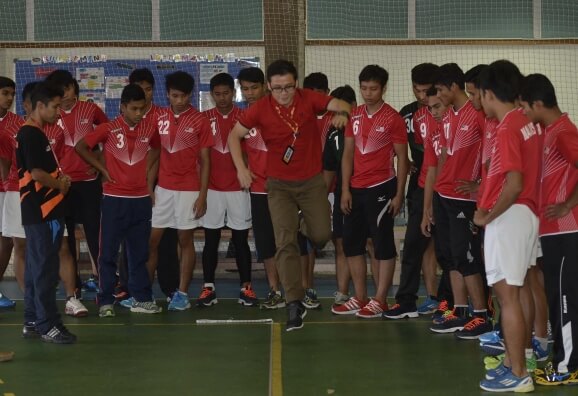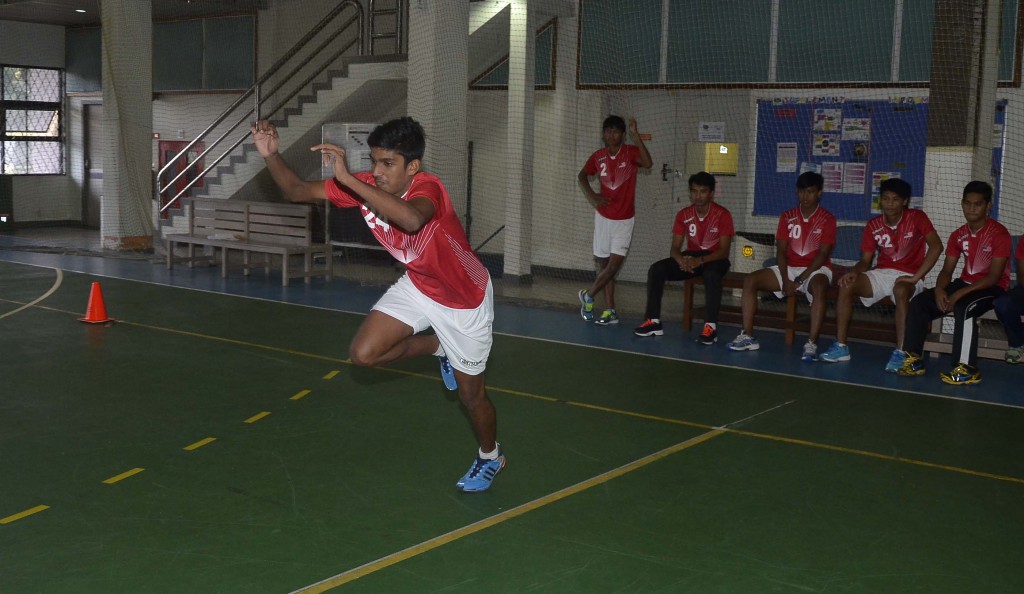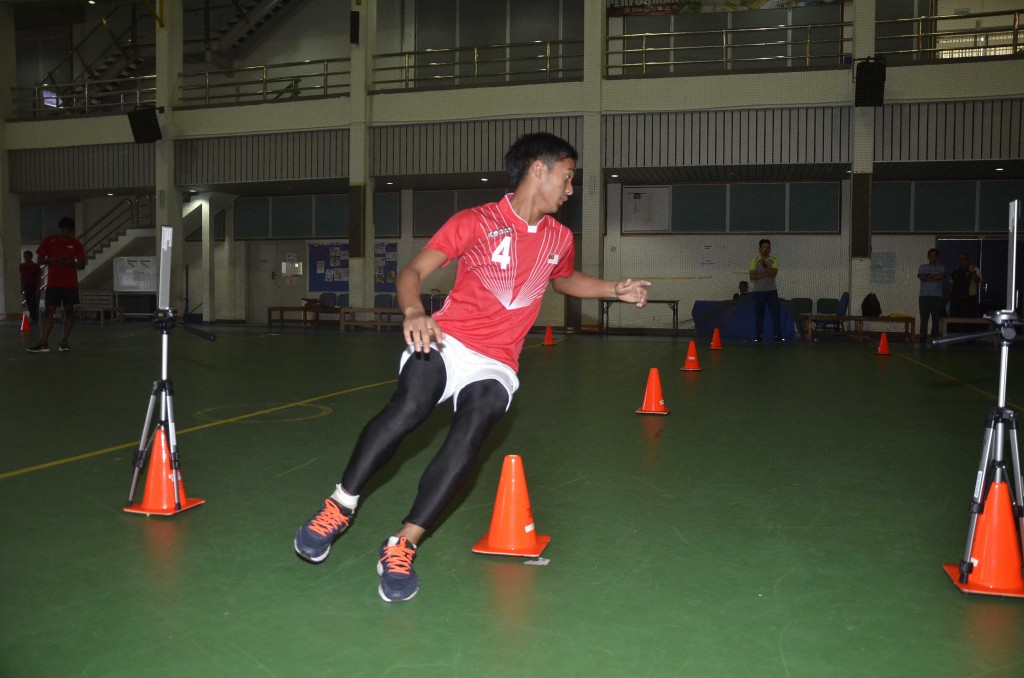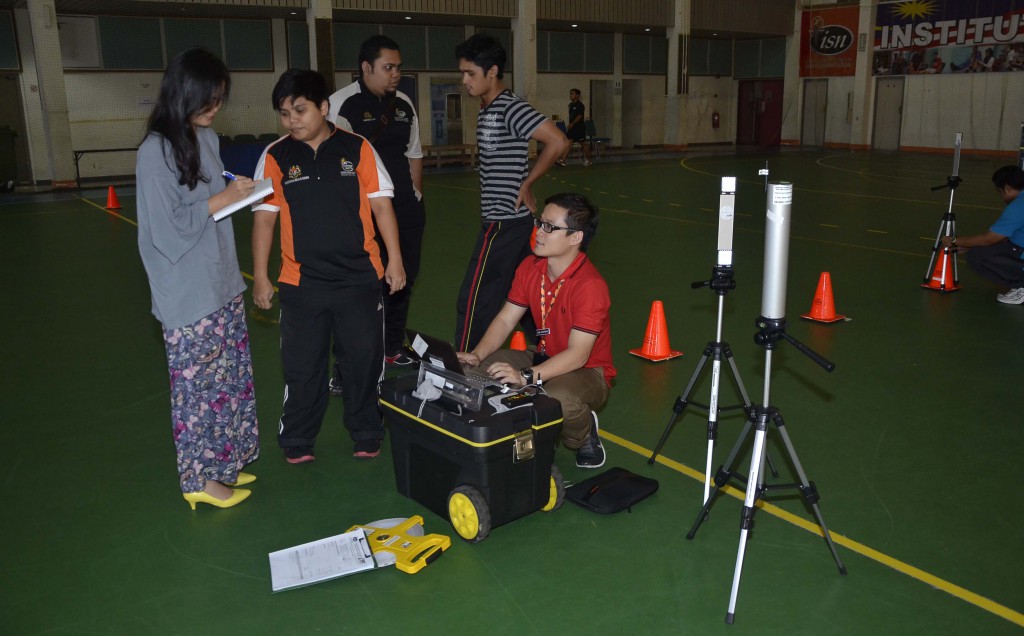Seven staff from Physiological Centre of National Sport Institute (ISN )had conducted test based on physiological demand that involves 25 National Junior Hockey players. The test conducted for almost one hour to help intervention program in order to develop the best hockey players. The entire test is important to define comparison of different test occasions.
The purposes of these tests were to determine the measurement device and jumping protocol most appropriate for testing the leg power of hockey players and to assess the relationship of leg power measurements to hockey playing ability as indicated by draft selection order.
The first test is the Standing Broad Jump is a common and easy to administer test of explosive leg power. This testing is also to generate speed. The athlete stands behind a line marked on the ground with feet slightly apart. The objective of Standing Broad Jump is to monitor the development of the athlete’s elastic leg strength. A two foot take-off and landing is used, with swinging of the arms and bending of the knees to provide forward drive. The subject attempts to jump as far as possible, landing on both feet without falling backwards.
The second is Single Leg Triple Hop, it is important to measure the power and based on recent study has proven it to be a good for measuring improvements in length and power. The test is easily conducted in the field and requires only a tape measure. Have trainer execute three consecutive forward hops using their dominant leg. Single Leg Triple Hop test provides a good assessment of leg in the horizontal direction and helps measuring static balance. Single Leg Triple Hop is a useful clinical test to predict an athlete’s lower extremity strength and power. This test help coaches and trainer determine improvement in leg strength.
Agility has traditionally been defined as the ability to change direction rapidly and accurately. The third is Illinois Agility Run Test. The objective of the Illinois Agility Run Test is to monitor the development of the athlete’s agility. You will have to zig zag while running at full speed, changing direction often. The more important, the reactive agility test was able to distinguish four distant classifications. Specially, players were classified as requiring first (1) decision-making and change of direction speed training to further combine good physical and perceptual abilities. Second (2) decision-making training to improve below-average perceptual abilities, third (3) speed and speed change of direction speed training to improve below-average physical attribute, or fourth (4) a combination of decision-making and change of direction speed training to improve below average physical and perceptual abilities.
Testing your athletes gives you a measurable way of not only assessing the athlete but also assessing the success of your program. The results of these tests can be powerful tools in developing the ideal training program. This testing being able to evaluate and test athletes to provides coach with such valuable information and can have a dramatic effect on our program’s success.









